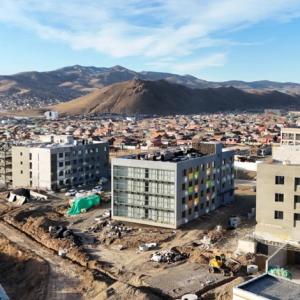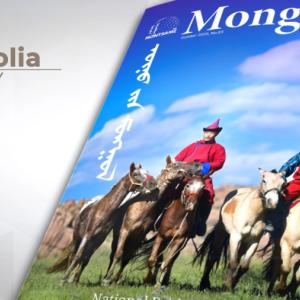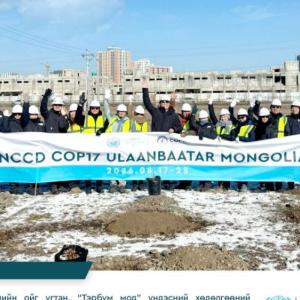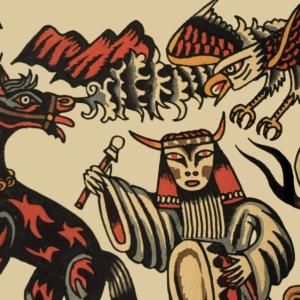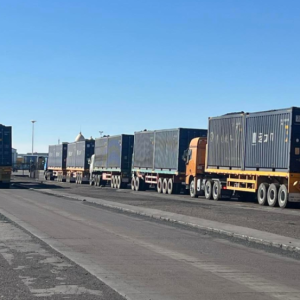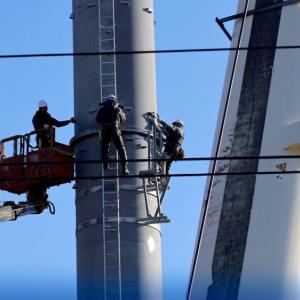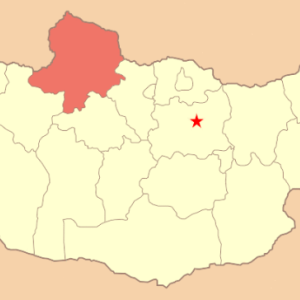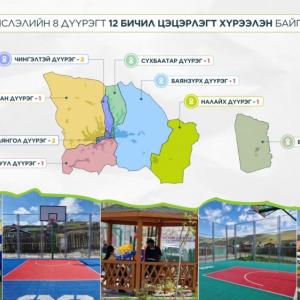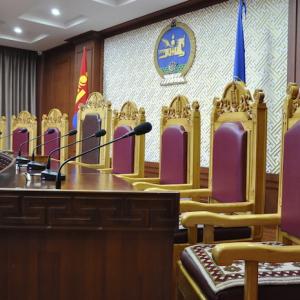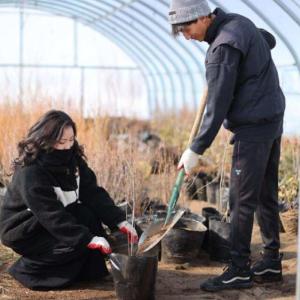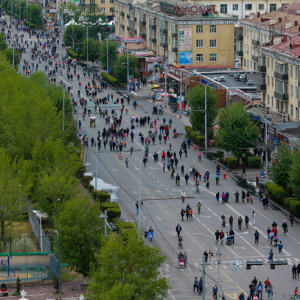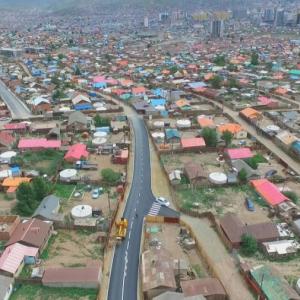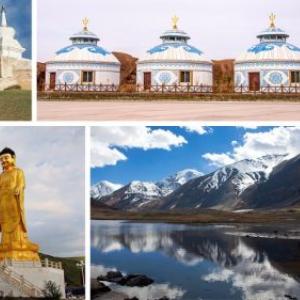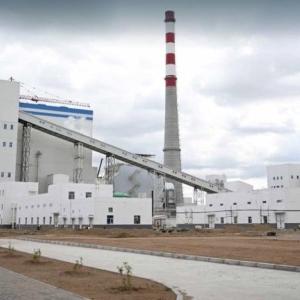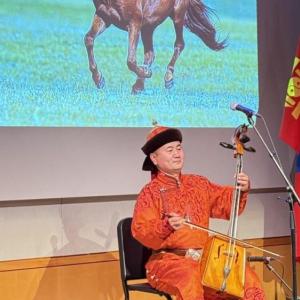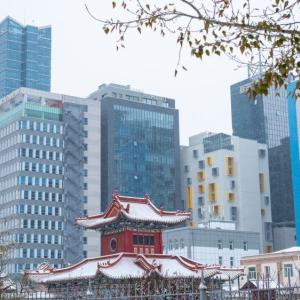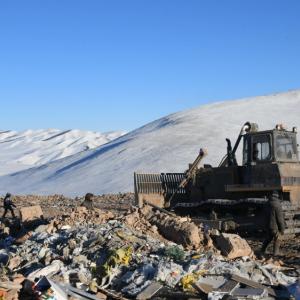The changing world of Mongolia's boreal forests
The Mongol MessengerEvery year as the sun warms and the days lengthen, 28-year-old Baganatsooj
moves his herds to their summer pastures outside the town of Tunkhel in
Mongolia’s far northern Selenge province – a nomadic lifestyle his ancestors
have practiced for thousands of years.
The snow has melted, and Baganatsooj’s
300 sheep and goats, 40 cows, and 30 horses graze in the wide green valley. He
heard through word of mouth that the rains have been good here, so, along with
his wife Munkherdene and two children, travelled 50 kilometres with their
livestock to their new home.
But it’s not just the weather that
determines where the herder and his family set up their ger, or traditional
yurt.
They also follow the forest. “Forests
generate more water, and the grass is good there, so the animals graze at the
edge of the forest,” Baganatsooj says. The trees also provide scraps of
fuelwood and timber for temporary fences.
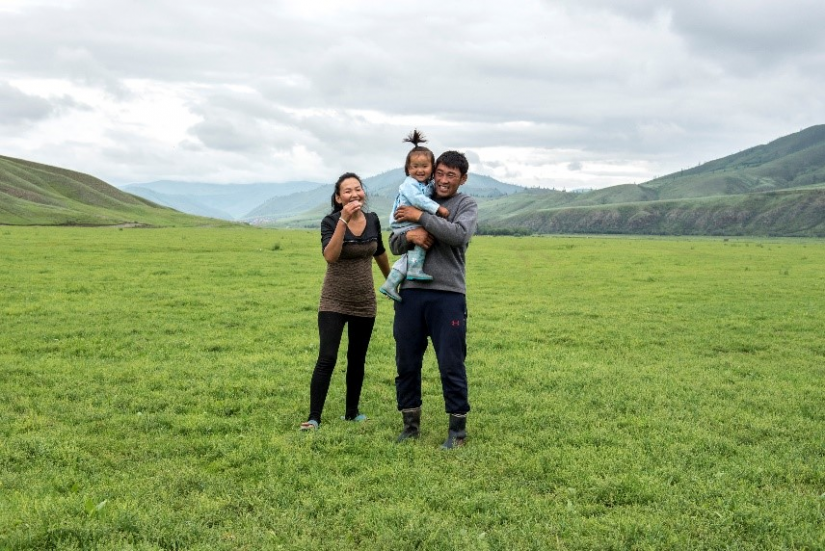 Life is changing
for traditional herders – who make up a third of Mongolia’s total population –
and for everyone else, too. In 1990 the country transitioned from socialism to
a market economy, the new freedoms leading to a quadrupling in the number of
livestock. Urbanisation is also increasing – the population of the capital
Ulaanbaatar has grown by 70 percent since the 1990s.
Life is changing
for traditional herders – who make up a third of Mongolia’s total population –
and for everyone else, too. In 1990 the country transitioned from socialism to
a market economy, the new freedoms leading to a quadrupling in the number of
livestock. Urbanisation is also increasing – the population of the capital
Ulaanbaatar has grown by 70 percent since the 1990s.
More importantly for the herders, the
weather is becoming less predictable.
Baganatsooj has noticed changes even within his working life: “Ten years ago the grass was very good. Now it’s getting drier. Last year was the driest year in a long time and there was lots of fire.”
In Mongolia, the effects of climate change are already being felt
Average annual temperatures in Mongolia warmed 2.1 degrees Celsius between 1940 and 2014 – around triple the global increase over the same period – and Mongolian tree-ring records indicate that the 20th century was one of the warmest centuries of the last 1200 years.
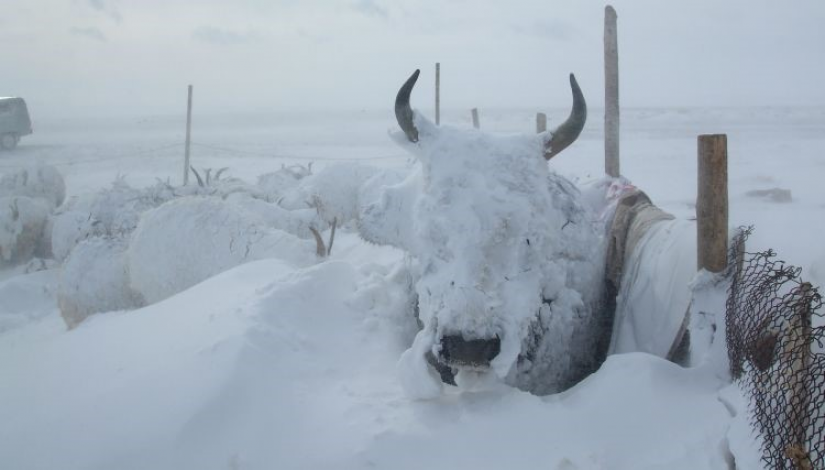
Herd animals have been devastated by
repeated dzuds, a local term for a peculiarly Mongolian natural disaster – a
dry summer followed by a harsh winter. Drought affects grass growth, and less
grass means livestock are unable to put on enough weight to survive the winter
cold.
The phenomenon used to occur around
once a decade, but there have been at least seven dzuds since 1998. In the
worst, in 2009-2010, nearly 10 million animals died.
Climatic changes are driving further
migration, says Oyunsanaa Byambasuren, the General Director of the Department
of Forest Policy and Coordination at the Mongolian Ministry of Environment and
Tourism (MET).
Oyunsanaa and
colleagues used tree-ring data to analyse the frequency of droughts over the
past two millennia, and found that the recent dry spell is abnormal.
“We haven’t seen anything like it in
the last 2000 years – we did not have such a frequency of droughts. It is
making people lose their livestock or their livelihoods, and they’re moving to
the city or more central places in order to seek a better life – and once they
move, they don’t go back.”
“It’s scary, really. The seasons are
very different, the forests and pastures are under pressure,” he says.
“People who are 40 or 50 years old say, ‘when I was a child, the situation was very different.’ Now, it’s completely unpredictable. Climate change is happening right now.”
Mongolia is known
for its steppes and deserts, but it is a forest nation, too.
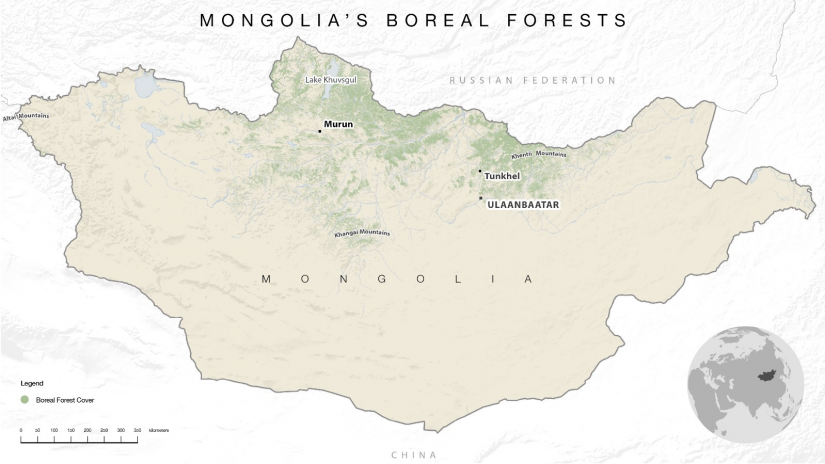
Boreal forests – dominated by larch,
pine, and birch trees – line Mongolia’s northern border with Siberia, covering
14.2 million hectares, or nine percent of this vast country.
They are part of a huge expanse of
boreal forest – the world’s largest terrestrial biome – that stretches right
across the earth’s northern latitudes. These forests are both intensely
affected by climate change – recent studies have found that the hotter, drier
summers inhibit tree growth in Mongolia’s forests – but they are also a possible,
partial solution to it.
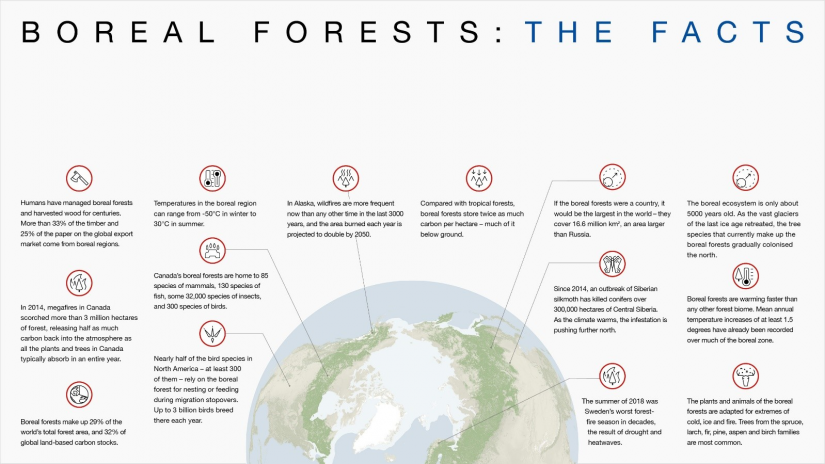
Mongolia’s boreal forests provide important benefits for the country.
Wolves, bears, lynx, elk, deer and
boars thrive here. Hawks, falcons and owls hunt from the skies, while pelicans,
hooded cranes and numerous other birds spend part of the year in the nearby
lakes.
The forests store large amounts of
carbon and methane in both the plants and soils, and can help to increase water
availability. They also prevent erosion on steep mountainsides, and are a
natural barrier against the encroaching desert, says Noosgoi Enkhtaivan, Senior
Officer for the Department of Forest Policy and Coordination at Mongolia’s
Ministry of Environment and Tourism.
“Our forests act like green walls
preventing desertification,” he says.
They are also a source of fuelwood, timber, nuts, berries and honey, and contribute to the livelihoods of rural people in diverse ways.
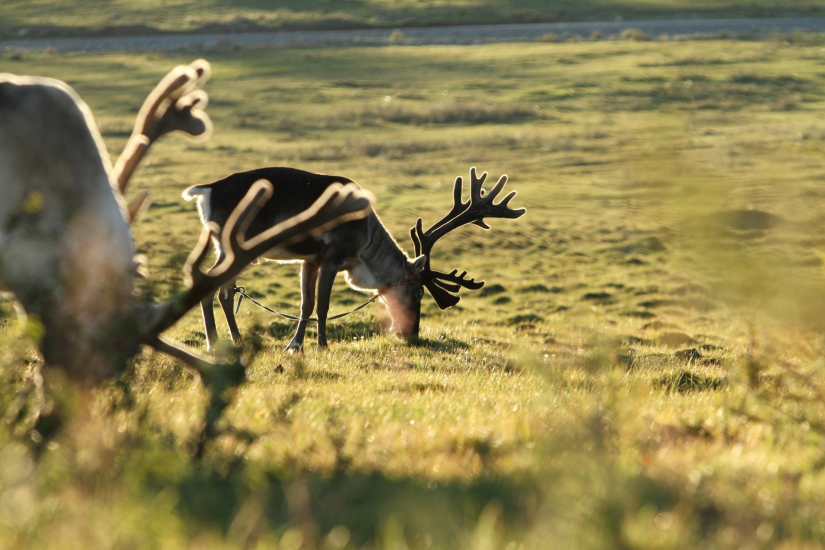
Bold Otgonbayar is 19 years old, and
lives in the mountains of Mongolia’s far north, near Lake Khuvsgul. It’s a
beautiful place, he says proudly, pointing out the high rocky bluffs, forested
slopes, lush pastures, and remote lakes.
Like many others in the area,
Otgonbayar and his family gather fruit in the forest to supplement their
income. Between seven adults and a few children, they can harvest significant
amounts of redberries, blueberries and gooseberries.
“In an average summer we would pick
around two tonnes of fruit,” he says.
Families like Otgonbayar’s sell the
fruit to local jam companies, and use the extra money to support their
livelihoods and send their children to study in Ulaanbaatar. Teacher Baldanosor
Tsetsegmaa says family members pass on knowledge about the best areas to
harvest.
“One woman set a new record picking 96
kilograms of berries in one day!”
Jam-making is a relatively new
business. A decade ago, a politician from the area opened a jam factory in the
town of Murun, the capital of Khuvsgul province. Now, the town boasts at least
ten jam and juice plants, each bottling up to 25 tonnes of fruit a year.
During the socialist era, access to
Mongolia’s forests was strictly controlled. But the economic opening of the
early 1990s was accompanied by environmental damage, says Dainagul, the manager
of a small wood business in the timber town of Tunkhel, in Selenge province.
“There were years of uncontrolled use
of forest resources because everyone was cutting down trees,” she says. “Things
finally got better after the government restricted logging to enterprises like
ours with a valid permit.”
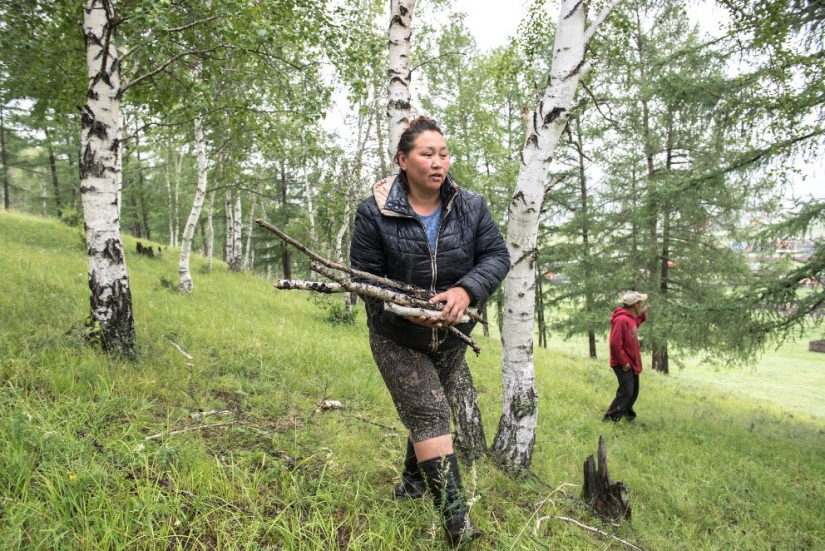 Every spring and autumn,
as part of a government plan to increase community participation in forest
management, Dainagul’s 50 employees collect fallen wood in the surrounding
forests. Removing the dry wood reduces the fire risk, and Dainagul uses it to
make charcoal, a lower-emissions alternative to the coal normally used for
heating.
Every spring and autumn,
as part of a government plan to increase community participation in forest
management, Dainagul’s 50 employees collect fallen wood in the surrounding
forests. Removing the dry wood reduces the fire risk, and Dainagul uses it to
make charcoal, a lower-emissions alternative to the coal normally used for
heating.
Getting permission to use forest
resources is much easier for companies like Dainagul’s than it is for
individuals. Households must band together and collectively apply as a Forest
User Group (FUG) at the district level – and then face a lengthy bureaucratic
process before approval is granted.
Since the scheme began in 1995, 1281
FUGs have been created, and are now responsible for managing almost a fifth of
Mongolia’s total forest area.
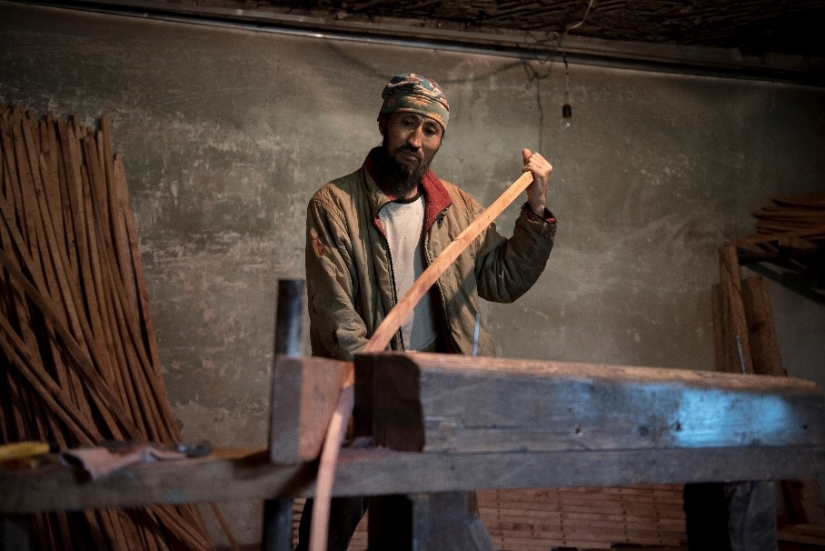 But unlike private
companies, FUGs generally don’t have permission to harvest timber – they can
only collect deadwood and non-timber forest products like berries and nuts.
This is the cause of some frustration.
But unlike private
companies, FUGs generally don’t have permission to harvest timber – they can
only collect deadwood and non-timber forest products like berries and nuts.
This is the cause of some frustration.
“We work as protectors and cleaners of
the forest,” says Batbaatar, a member of the ‘Tusgal’ FUG in Tunkhel. “But
there is very little to be earned from it, so it’s more like charity.”
Some FUGs have found a way to make a
profit despite the restrictions.
49-year-old Buyan-Orshikh heads the ‘DX-Oyu’ FUG in Tunkhel, a group of 12 master carpenters and yurt-builders. He applied for a special permit, enabling the group to thin trees as well as collect deadwood. They select the best wood for their yurts, then divide up the rest for fuelwood.
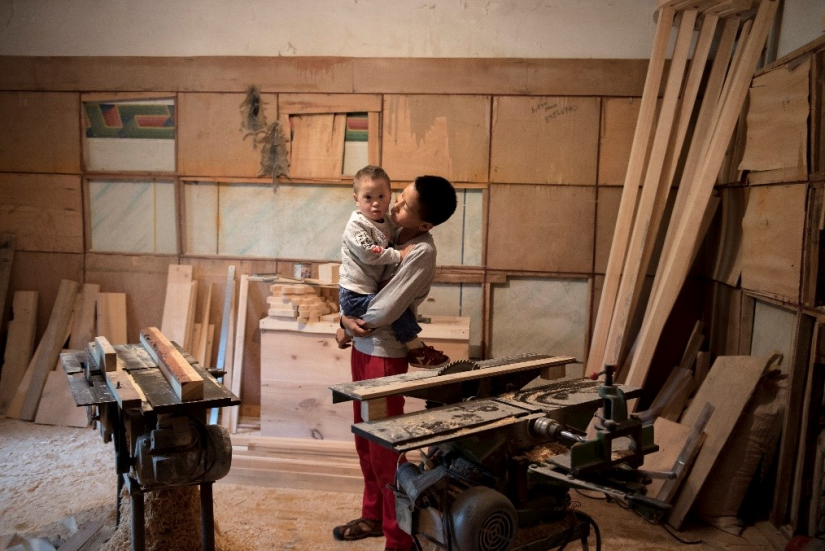
Previously, Buyan-Orshikh had to buy
expensive timber from the market, as deadwood wasn’t strong enough for a sturdy
yurt frame. Now, with permission to thin standing trees, he no longer has to
buy any, and has doubled his income. For his family of three children,
including one with Down Syndrome, that’s made a big difference.
“People in this community are
dependent on forests for our livelihoods,” says Buyan-Orshikh. “We need better
options to take care of our families.”
Grazing also contributes to forest degradation in Mongolia.
During the socialist era, the number of livestock in the country was constrained to around 20 million. Once the restrictions ended, that swelled to 33 million by 1999 and 84 million by 2018.
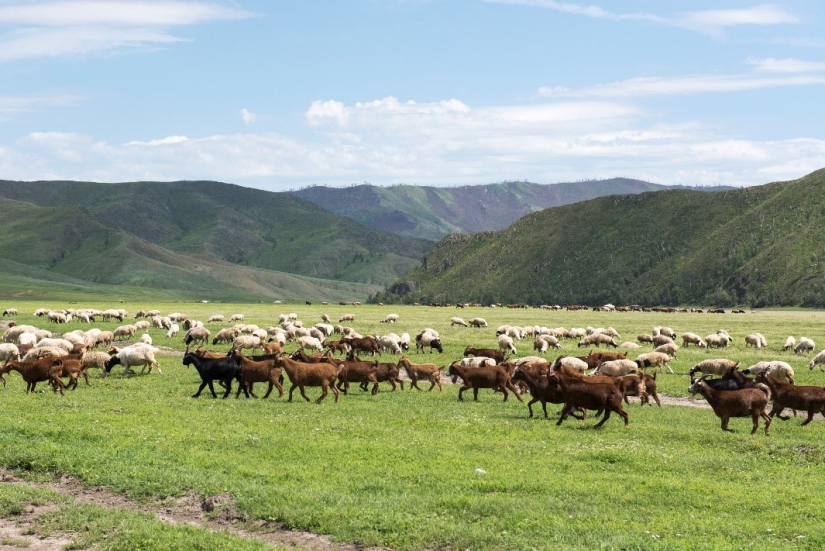
And as repeated dzuds and droughts have
taken a toll on more marginal grazing areas, many herders and their animals
have moved from the steppes to the more central, forested part of the country,
says Oyunsanaa. Boreal forests grow particularly slowly, and all those hungry
mouths take a toll on the forest’s ability to regenerate.
“Animals like grazing in and around
forests because the grass is greener and it is often close to a water source,”
says Enkhtaivan, from the Ministry of Environment and Tourism.
That’s part of the reason Baganatsooj keeps
his herds close to the forest. But he’s a member of an FUG himself, and says
his herder father taught him about natural regeneration.
“I know that my animals should not eat
young plants,” he says. “I don’t let my animals into the forest, just around
the edges.”
Not everyone is as careful, Enkhtaivan
says. “A lot of herders are not aware of the negative impacts that grazing can
have on our forests.”
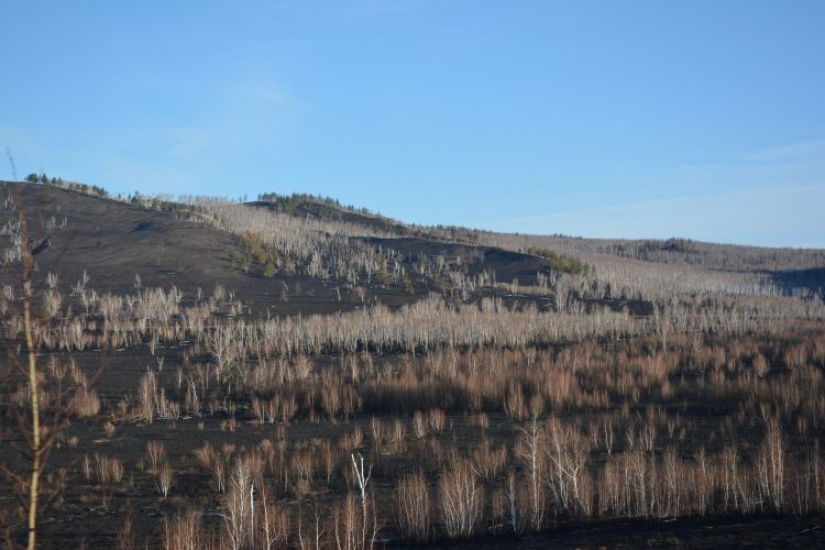
“So our Ministry is working with the
Ministry of Food, Agriculture and Light Industry to give recommendations on
pasture management laws and encourage the building of fences around forest
areas.”
Fences won’t keep out the two other
major threats to Mongolia’s forests, though.
Fires and insect pests have always
been a natural part of the boreal ecosystem, but climate change and human
activity are upsetting the balance.
Globally, forest fires are causing
increasing devastation.
The summer of 2018 was the worst fire
season in decades for Sweden’s boreal forests. In North America, the number of
lightning-caused forest fires has risen between 2 and 5 percent a year for the
last four decades.
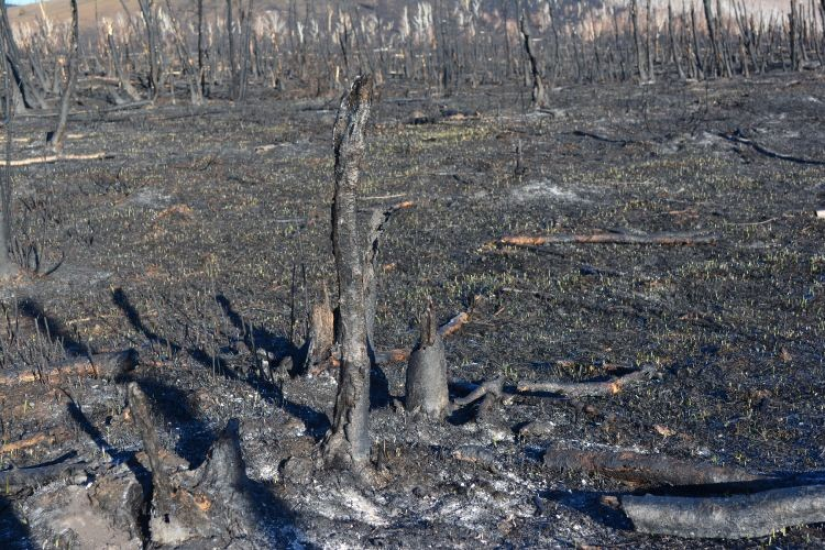
In 2017, there were 206 forest and
steppe fires in Mongolia. The majority occurred on the steppes, but more than
80,000 hectares of forest burned. Fires lead to forest degradation, and can
even transform forests into steppe.
Across
the boreal region, fires are anticipated to increase dramatically as the
climate warms, with far-reaching consequences for the environment and people.
But it's not yet clear whether the
dramatic climate change experienced by Mongolia is making the forest fires
worse.
In another tree-ring study, the
University of Mongolia’s Oyunsanaa and colleagues examined the frequency of
fires in Mongolia’s north-eastern Khentii mountains over the past 450 years.
The researchers found that greater
fire activity is associated with periods of drought – but surprisingly, even as
temperatures warmed dramatically, fires did not actually increase in frequency
over the last century. That could be because intensive grazing reduced
grassland fuels and limited widespread fire, Oyunsanaa says.
by Kate Evans with additional reporting by Leona Liu and Bulgamaa
Batjargal, Photographs by Cory Wright, Gantulga Tumurtulga, and Nasankhuu
Otgonbulga
To
be continued
 Ulaanbaatar
Ulaanbaatar












